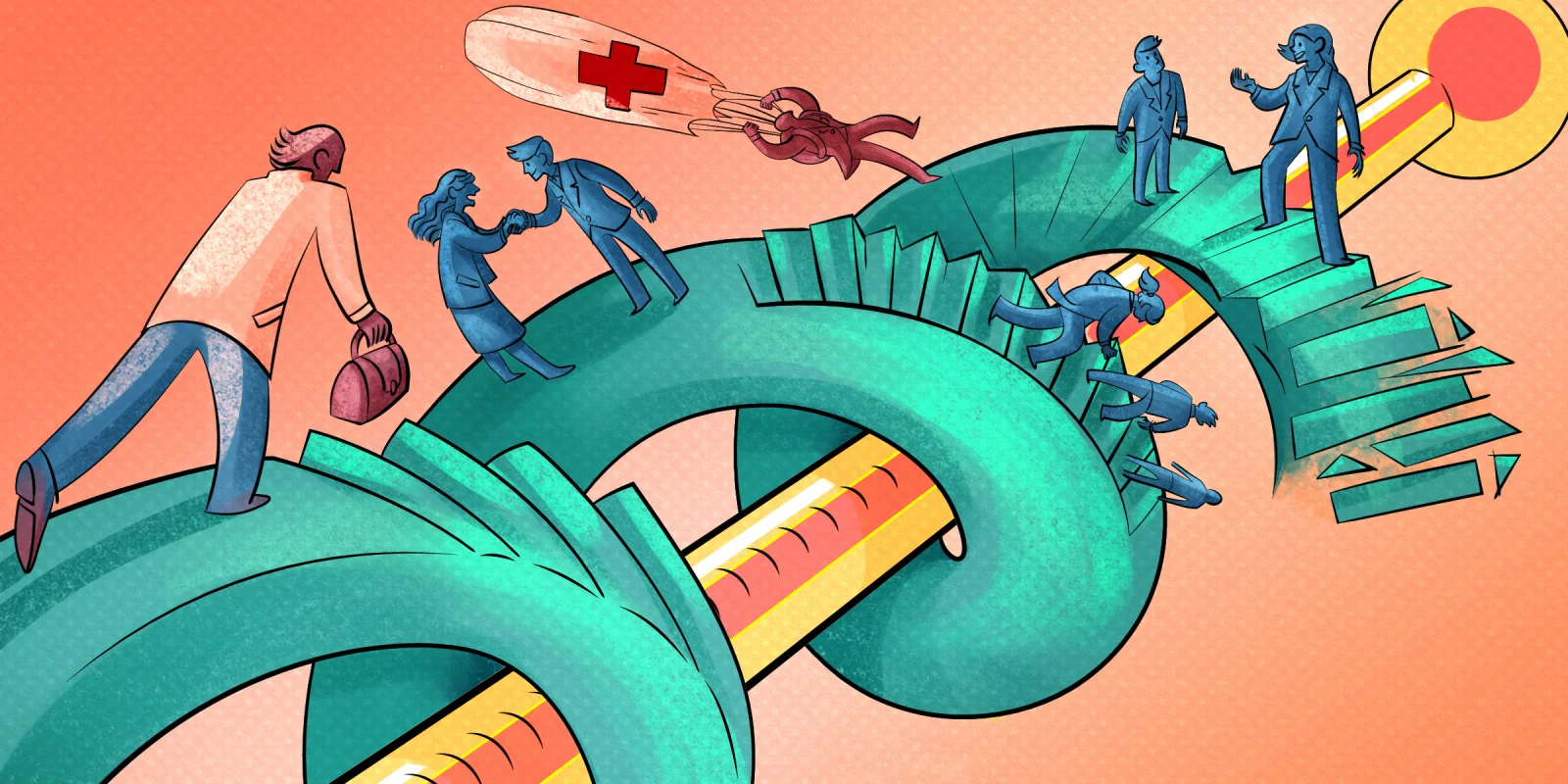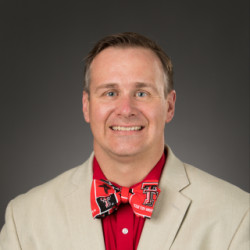The 2022 American Association of Neuromuscular and Electrodiagnostic Medicine (AANEM) Annual Meeting in Nashville, Tennessee, was an excellent opportunity to explore the latest in neuromuscular (NM) and electrodiagnostic (EDX) medicine. The topics, faculty, and events this year were phenomenal and reflected the association’s interdisciplinary approach to education, research, and advocacy. I also enjoyed opportunities to socialize with old friends and develop new connections with my neurology and physiatry colleagues.
AANEM President Holli Horak, MD, selected The Status of Inherited Muscle Diseases in 2022 as this year’s plenary topic and an outstanding group of speakers to discuss recent changes in NM assessments and treatments. I notably appreciated the final plenary session, “Applying Equity Frameworks in Inherited NM Disorders,” by Molly M. Fuentes, MD, MS. She explored ways in which social factors influence health, how we as physicians can be aware of these factors and advocate for our patients, and most importantly started a dialog that is long overdue. After the meeting, I shared with Dr. Fuentes that it was in the top three plenary sessions I have attended at any national or international conference over the past decade.
Personally, I am also very interested in neuromuscular ultrasound (NMUS). It is such a useful and cost-effective tool, and it has become a hot topic in NM medicine. I was pleased to see more than a dozen US-related sessions and workshops offered at the meeting this year. I think there may be a lack of awareness outside of the AANEM on just how much content there is beyond the organization’s traditional focus on electromyography (EMG).
I had the pleasure of leading a workshop called, “Advanced US-Guided Treatment of Peripheral Mononeuropathies.” This was the only workshop to involve “hands-on” injections with a whole fresh chicken! This small-group/hands-on approach is typical of AANEM sessions and provides an excellent ROI for physicians looking to expand their clinical toolkit. As a practicing physiatrist, I often find myself diagnosing conditions which have a mixture of pain, musculoskeletal, and NM components. I find both the formal didactics as well as the informal conversations over drinks to be a great way to grow professionally and improve the care provided to my patients when I return to clinic on the Monday morning after the meeting.
I also had the opportunity to join my colleagues Vincent J. Tranchitella, MD, and Ruple S. Laughlin, MD, to lead a session called, “Building a Successful EDX/NMUS Practice: A Case-Based Approach.” We discussed the fundamental elements of a successful medical practice and strategies to align an EDX practice with the needs of patients, referring providers, and the changing landscape in terms of patient access to electronic health records. We also explored situations where NMUS can help in growing an EDX practice. Dr. Laughlin and I come from academic practice backgrounds while Dr. Tranchitella has experience in private practice, so the three of us were able to offer a variety of perspectives on factors of successful practices across different specialties and practice environments.
As an educator, I have appreciated the spaces AANEM creates for medical students, residents, fellows, and early-career physicians at the annual meetings. Young researchers are encouraged to submit abstracts for the annual meeting and are considered for awards. Young attendees are also invited to attend the annual Resident & Fellow Lunch and the new “Beers for Fears” happy hour. These social events are meant to bring together young members with peers and AANEM leaders. It’s always great to see younger physicians getting involved with the AANEM. The organization is much more open to early-career physicians than some other professional societies where one needs to “pay their dues” before becoming involved. My favorite quote from an unnamed resident was “I knew I would learn a ton about EMG and ultrasound, but I had no idea the meeting would be this much fun!”
I always leave the AANEM Annual Meetings feeling energized and this year was no different. I’m already looking forward to the 2023 annual meeting in Arizona.
Dr. Norbury has no conflicts of interest to report.
Illustration by April Brust







